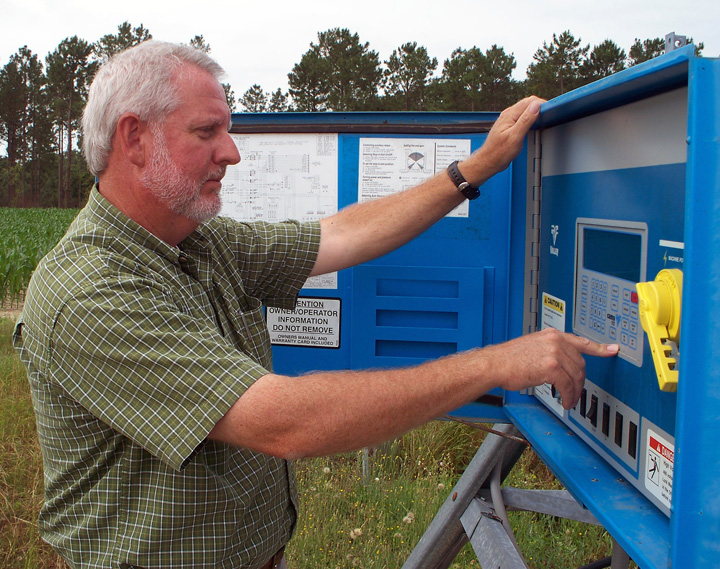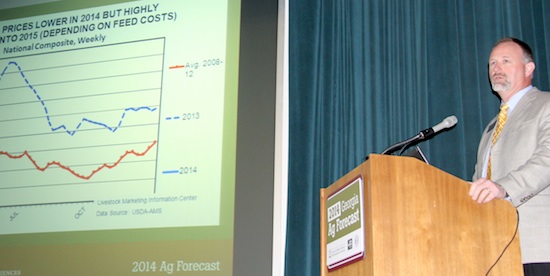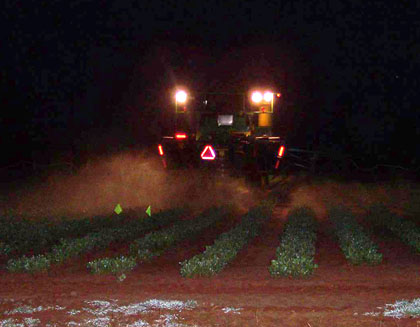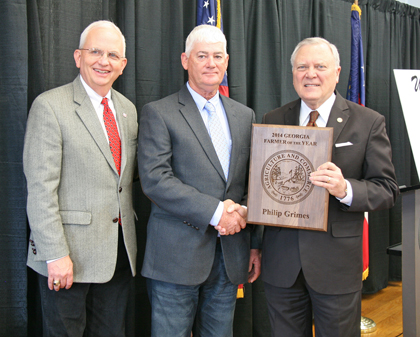 CAES News
CAES News
Georgia Farmer of Year
Philip Grimes, who grows peanuts, cotton, cantaloupes, snap beans and broccoli in Tift County is dedicated to achieving maximum yields through sound conservation practices. The 2014 recipient of the Swisher Sweets/Sunbelt Expo Georgia Farmer of the Year award has long been the envy of Tifton’s agricultural neighborhood.

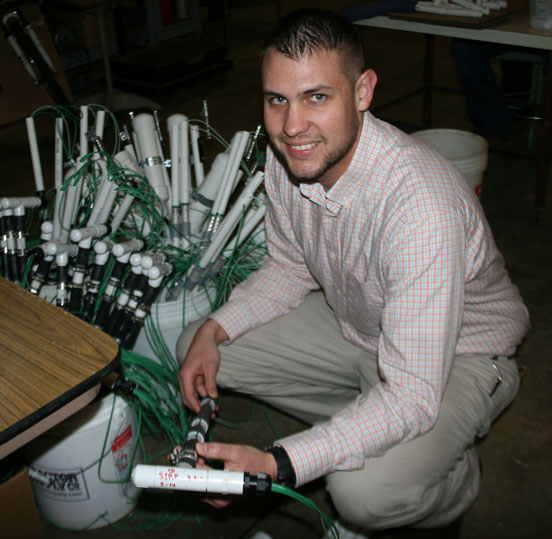
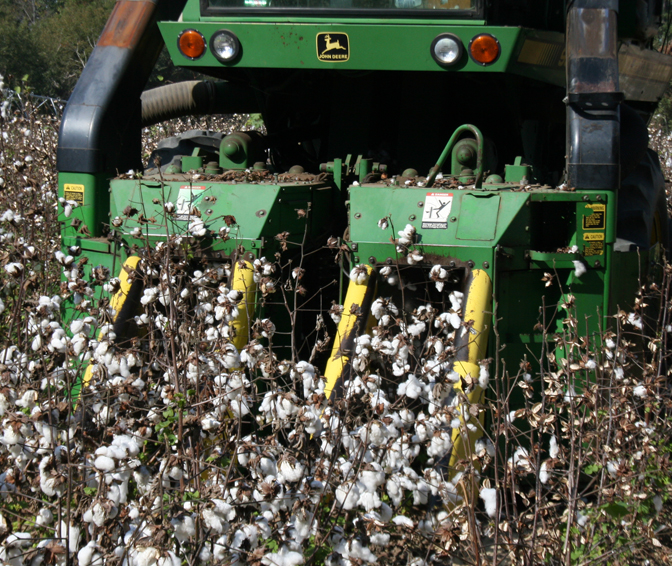
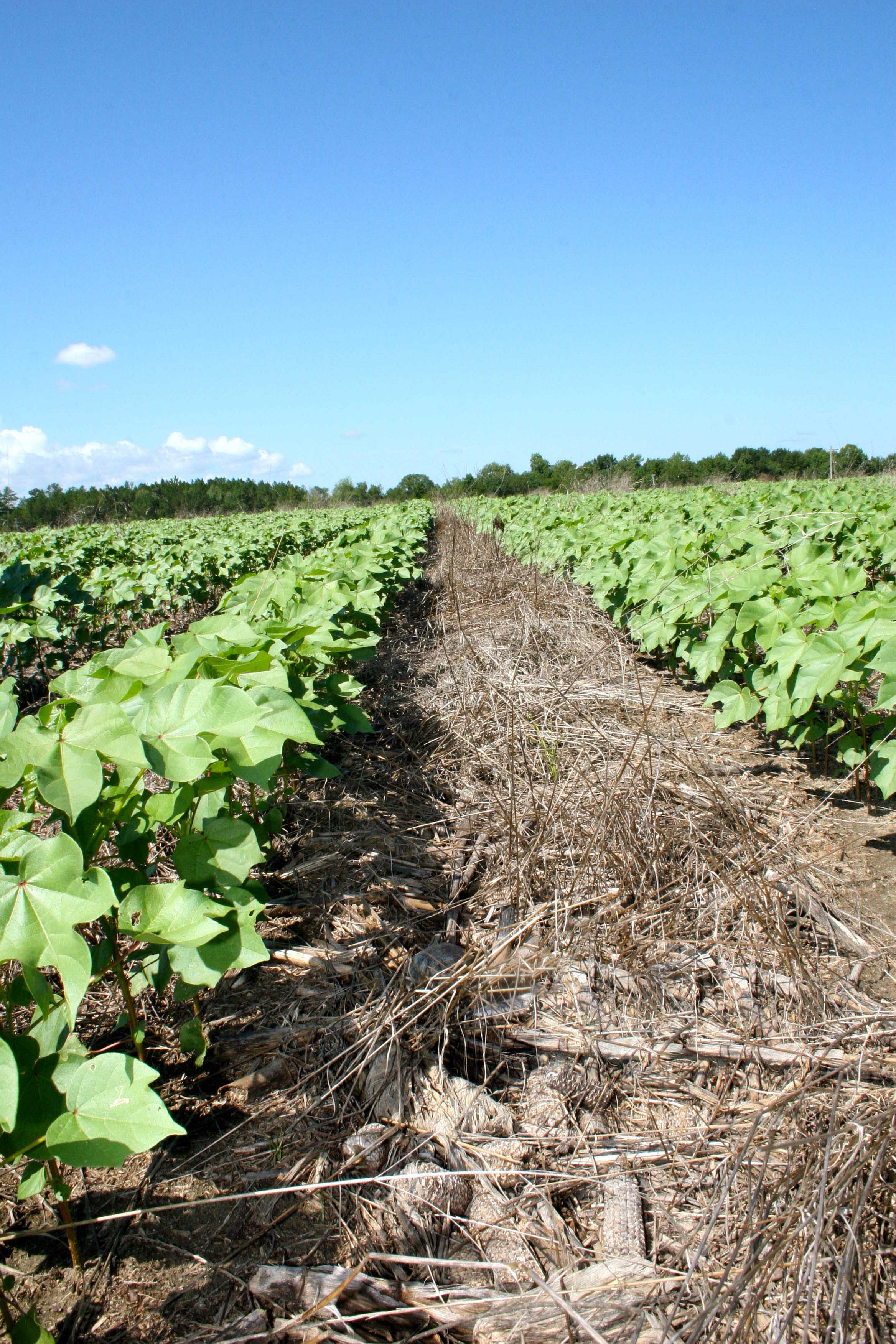
.jpg)
